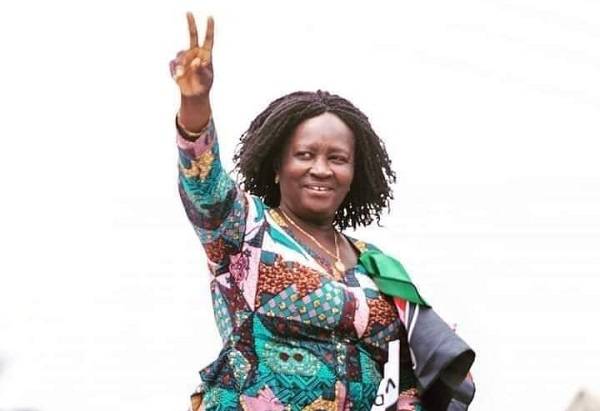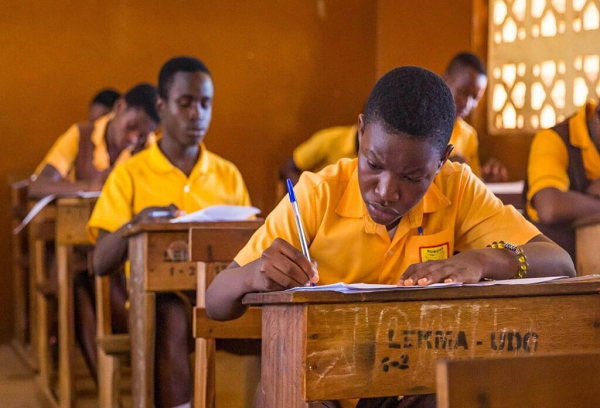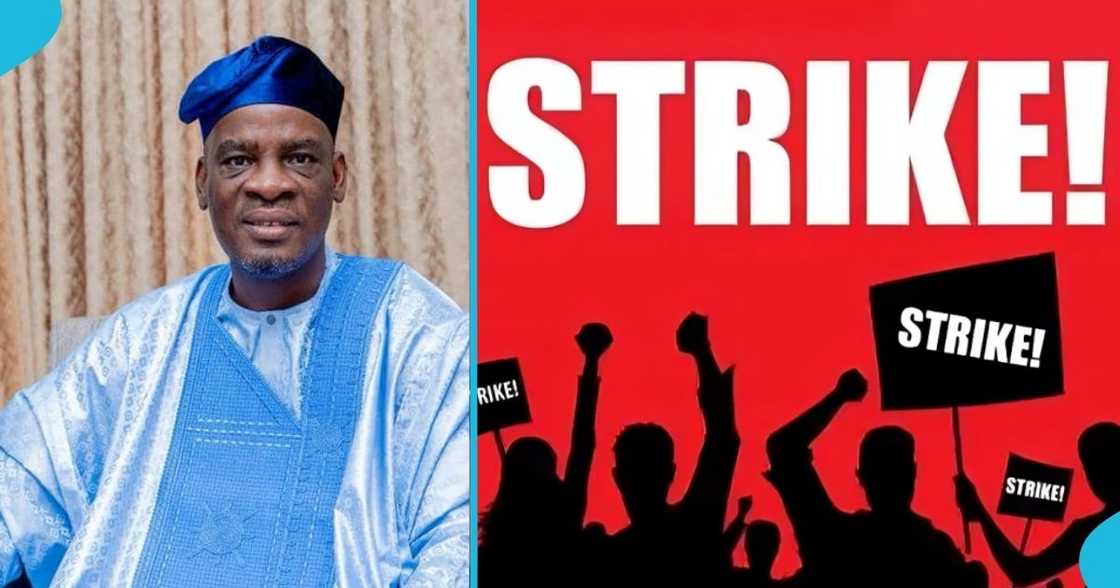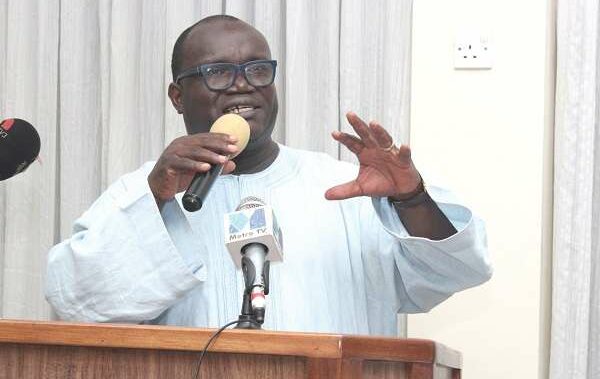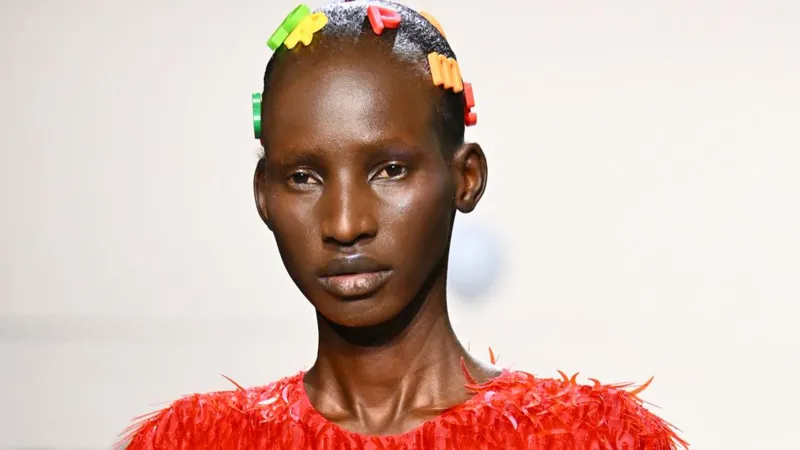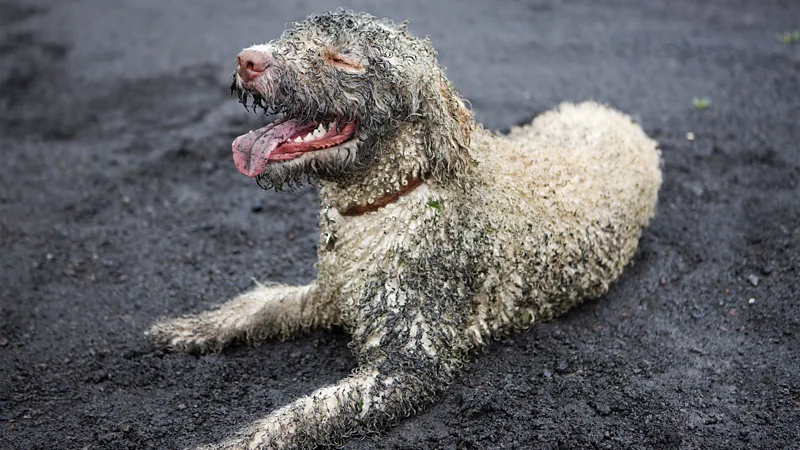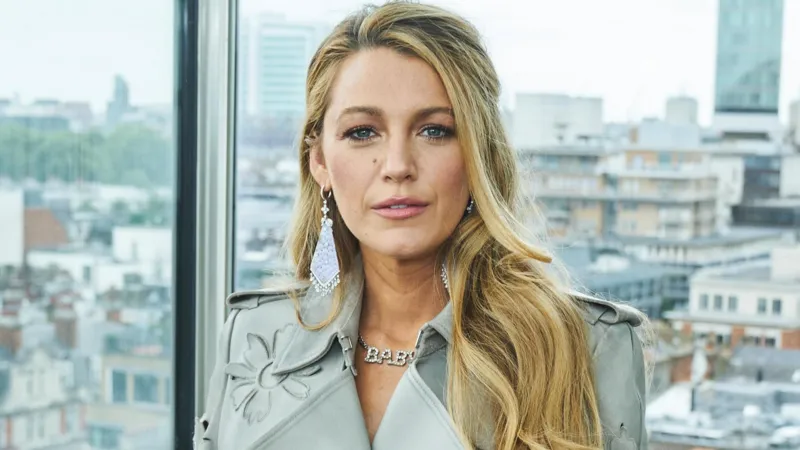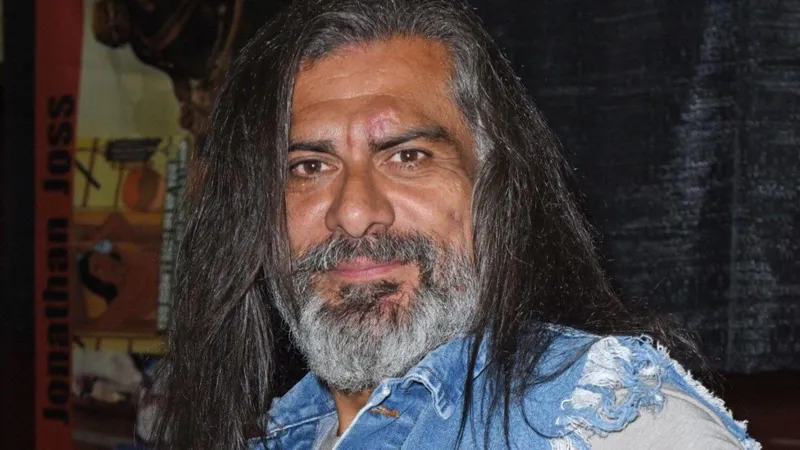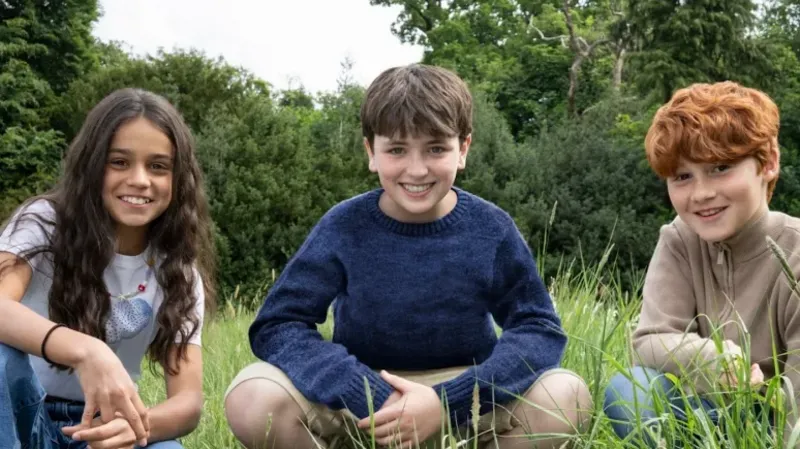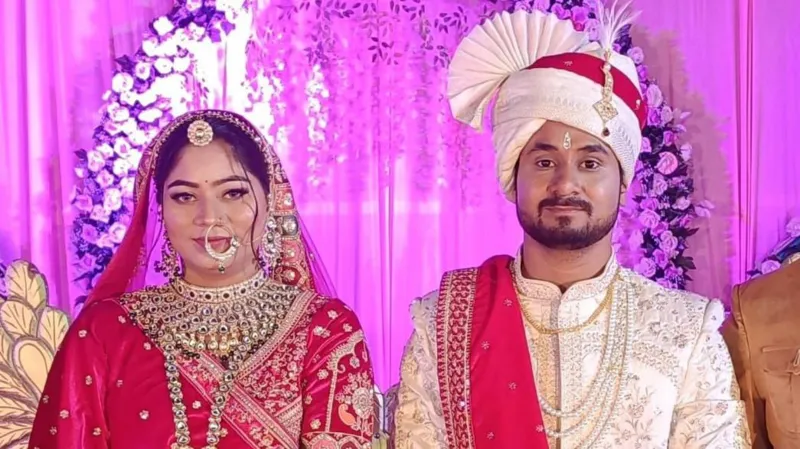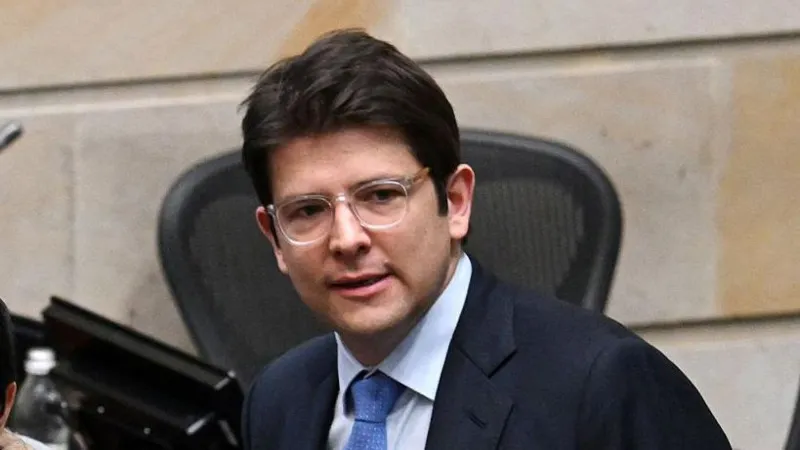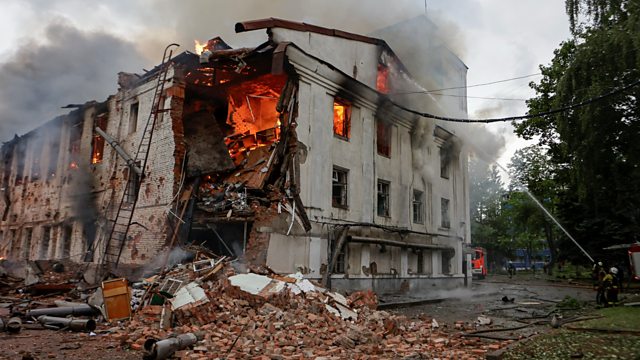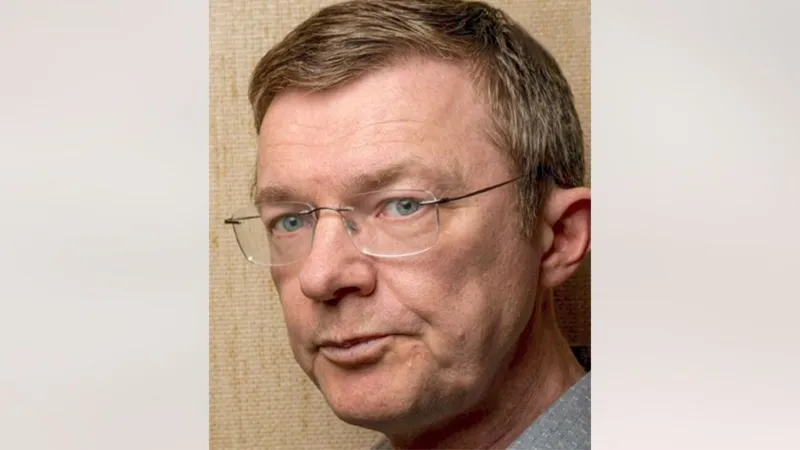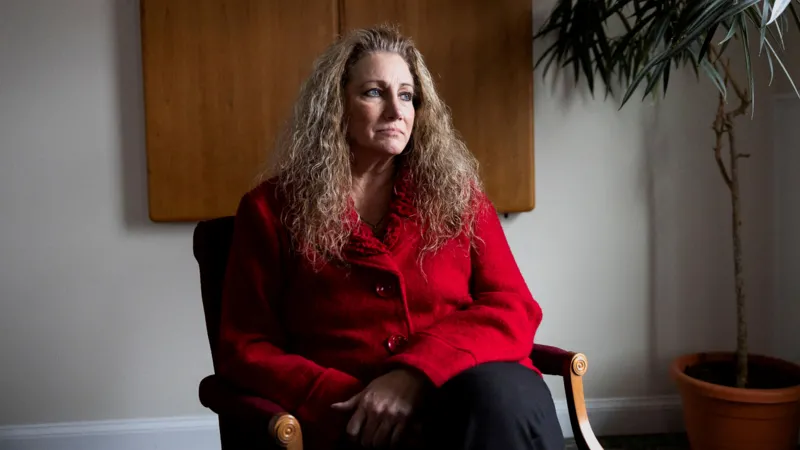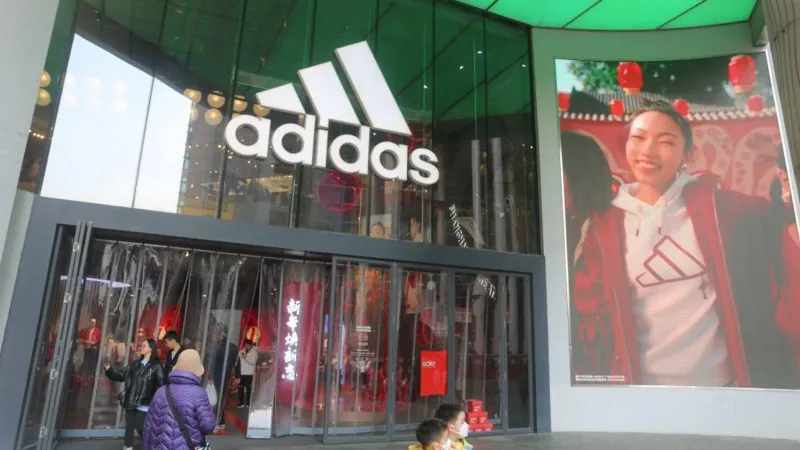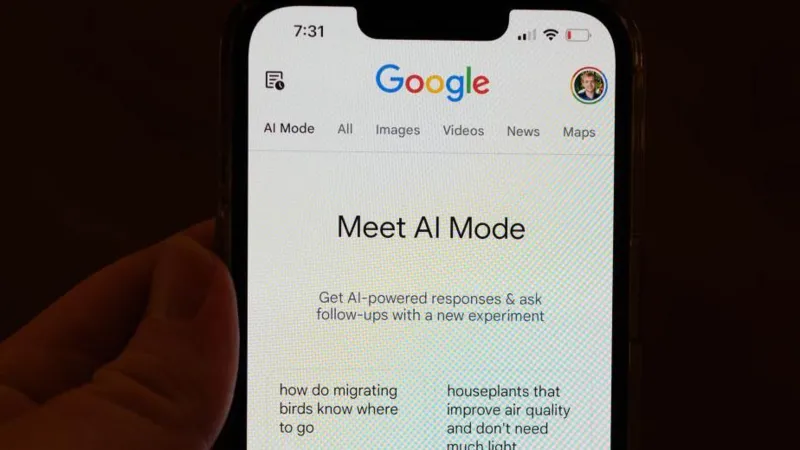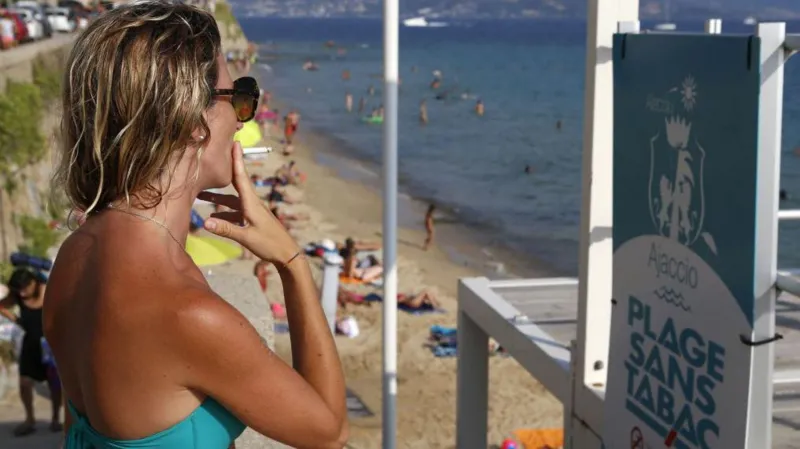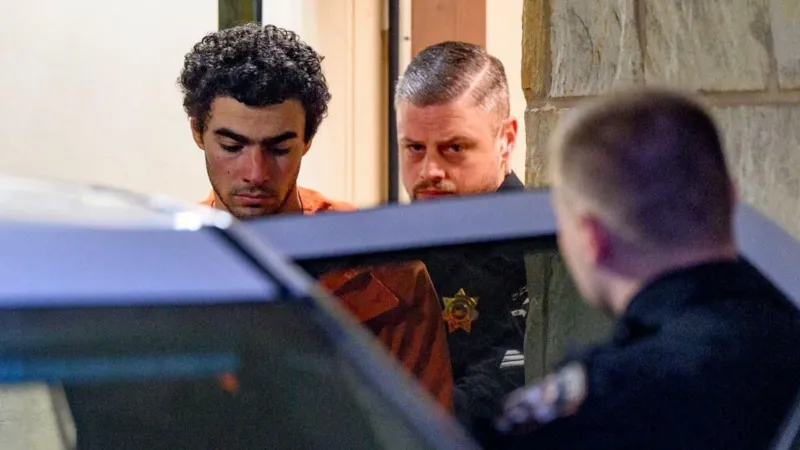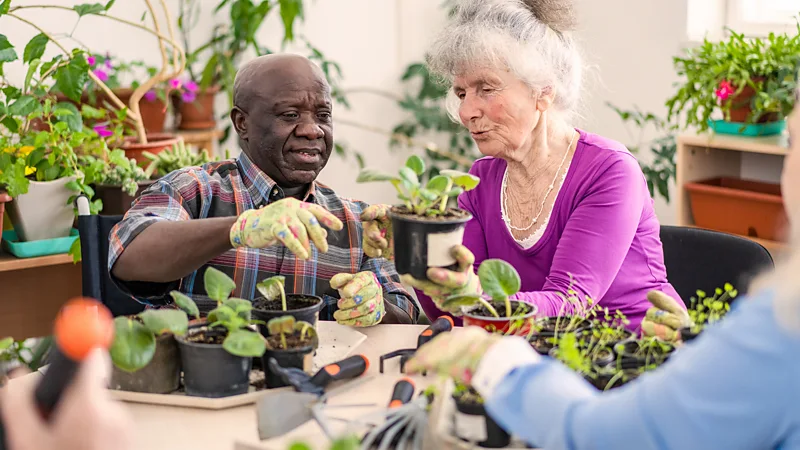Pope Leo XIV's inaugural mass attracts tens of thousands
:max_bytes(150000):strip_icc():focal(918x549:920x551)/vatican-mass-inauguration-pope-051825-21-914c8cea160e4a7b803fb0f30df34d60.jpg)
Pope Leo XIV, history's first American pope, vowed Sunday to work for unity so that the Catholic Church becomes a symbol of peace in the world, offering a message of communion during an inaugural mass in St. Peter's Square before an estimated 200,000 pilgrims, presidents, patriarchs and princes.
Leo officially opened his pontificate by taking his first popemobile tour through the piazza, a rite of passage that has become synonymous with the papacy's global reach and mediatic draw. The 69-year-old Augustinian missionary smiled and waved from the back of the truck and stopped to bless some babies in the crowd.
During the mass, Leo appeared to choke up when the two potent symbols of the papacy were placed on him — the lambswool stole over his shoulders and the fisherman's ring on his finger — as if the weight of responsibility of leading the 1.4-billion strong church had just sunk in.
He turned his hand to look at the ring and then clasped his hands in front of him in prayer.
U.S. Vice President JD Vance, one of the last foreign officials to see Pope Francis before he died, led the U.S. delegation honouring the Chicago-born Leo. Vance paid his respects at the Argentine pope's tomb after arriving in Rome late Saturday.
Strict seating plan
Strict diplomatic protocol dictated the seating arrangements, with both the United States and Peru getting front-row seats thanks to Leo's dual citizenship.
Vance, a Catholic convert who tangled with Francis over the Trump administration's mass migrant deportation plans, was joined by U.S. Secretary of State Marco Rubio, who arrived in Rome ahead of time to try to advance Russia-Ukraine peace talks.
Peruvian President Dina Boluarte is one of around a dozen heads of state attending, as well as Ukrainian President Volodymyr Zelenskyy. Russia is being represented by the culture minister, Olga Liubimova.
Prime Minister Mark Carney left Canada Friday night for his first official trip to the Vatican. He attended the mass with members of Parliament from the Liberal Party, including Jean-Yves Duclos, the MP for Quebec Centre, and Jaime Battiste, the MP for Cape Breton-Canso-Antigonish.
Diplomatic protocol also dictated the dress code: While most wore black, the handful of Catholic queens and princesses — Charlene of Monaco and Letizia of Spain among others — wore white in a special privilege allowed them.
Delegations, faithful flock from around the world
Three dozen of the world's other Christian churches sent their own delegations, headed by patriarchs, reverends, ministers and metropolitans, while the Jewish community had a 13-member delegation, half of them rabbis.
U.S. seminarian Ethan Menning, 21, from Omaha, Neb., wrapped himself in an American flag, purchased at a truck stop in Iowa, to celebrate.
"Rome always felt like home for a Catholic, but now coming here and seeing one of our own on the throne of Peter ... it almost makes Jesus himself more accessible," he said.
Kalen Hill, a pilgrim from the U.S., got to St. Peter's soon after the gates opened at dawn Sunday morning and said he never expected an American would lead the 1.4-billion strong church.
"I would say all the Americans are emotional about it," he said. "It is really powerful for American Catholics who sometimes feel separated from the world church to be brought in and included in this community through Pope Leo."

In his homily, Leo said he wanted to be a servant to the faithful through the two dimensions of the papacy, love and unity, so that the church could be a force for peace in the world.
"I would like that our first great desire be for a united church, a sign of unity and communion, which becomes a leaven for a reconciled world," he said. "In this our time, we still see too much discord, too many wounds caused by hatred, violence, prejudice, the fear of difference and an economic paradigm that exploits the Earth's resources and marginalizes the poorest."
Francis's 12-year pontificate, which emphasized care for the poor and marginalized and disdain for the capitalist economic system, often alienated conservatives who begged for a new pope who could pacify divisions.
Leo's May 8 election, after a remarkably quick 24-hour conclave, appears to have pleased conservative Catholics who seem to appreciate his more disciplined, traditional style and Augustinian background, emphasizing core truths of Catholic doctrine.
Return to traditional garb
Leo drove that message home by wearing the formal red cape of the papacy, or mozzetta, to receive Vance and official government delegations after the mass.
Francis had eschewed many of the formalities of the papacy as part of his simple style, but Leo's return to the traditional garb has pleased conservatives and traditionalists who cheered when he came out onto the the loggia wearing the red cape on May 8.
Leo did break protocol, though, when he gave his older brother, Louis Prevost, a self-described political "MAGA-type," a bear hug in the basilica when he and his wife came up to greet the Pope.
"Let us build a church founded on God's love, a sign of unity, a missionary church that opens its arms to the world, proclaims the word, allows itself to be made restless by history, and becomes a leaven of harmony for humanity," Leo said, referencing some of the themes of Francis's pontificate as well.
His call for unity was significant, given the polarization in the Catholic Church in the United States and beyond.
The rituals
The lambswool stole and the fisherman's ring that Leo received are two potent symbols of the papacy. The pallium symbolizes the pastor carrying his flock as the pope carries the faithful. The ring, which becomes Leo's official seal, harks back to Jesus' call to the apostle Peter to cast his fishing nets.
The other symbolically important moment of the mass was the representational rite of obedience to Leo: Whereas in the past all cardinals would vow obedience to the new pope, more recent papal installations involve representatives of cardinals, bishops, priests, deacons, nuns, married couples and young people participating in the rite.
Another change from the past was that Sunday's mass wasn't a coronation ceremony, which used to involve the pope receiving a tiara, but is merely known as a mass to start the pope's ministry as the bishop of Rome.
In the days since his historic election, Leo has already sketched out some of his key priorities as Pope. In his first foreign policy address, he said the Holy See's three pillars of diplomacy were peace, justice and truth.
In his first major economics address, he emphasized the Catholic Church's social doctrine and the search for truth.

Americans revel
After the homily and at the end of the mass, there was a final blessing before Leo went into the basilica to greet the heads of the more than 150 official delegations attending. Security was tight, as it was for Francis' funeral on April 26, which drew an estimated 250,000 people. Rome authorities are planning for another 250,000 on Sunday.
The piazza and main boulevard leading to it, along with two nearby piazzas, were set up with giant television screens, and dozens of portable toilets were erected in a nearby park.
Gregory and Susan Hudak, who lived for 40 years in the Chicago area, found themselves in Rome after booking a trip in February, with just a faint hope of perhaps glimpsing the Pope. Seeing the popemobile pass by in front of them, with the Chicago-born Leo on board, was even better than watching Michael Jordan play, said Gary Hudak, a former altar boy wearing a Chicago Bears hat.
"Originally, the only hope I had coming here was to see the inside of the Sistine Chapel," he said. "I was glad the conclave was over, because I could get to see the inside of the Sistine Chapel. Seeing the Pope was not scheduled, it was a long shot hope. And this was a treasure, simple as that."
Source: cbc.ca


